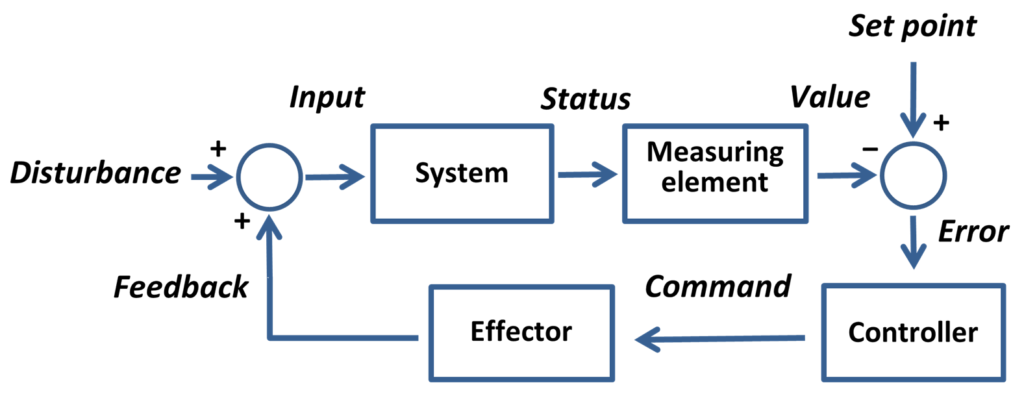Keep Lights Efficient
Keep Lights Efficient
Reduces lighting energy costs, while enabling load management and demand response for resiliency and reduced energy costs, all while maintaining safety, comfort, and productivity.
Local lighting controllers are deployed that securely communicate with the ONIT cloud platform for command and control. Local autonomous controller microprocessors actuate lighting fixtures in combination with intelligent sensing.

Lighting Control Performance
The Keep Lighting Efficient (KLE) product reduces energy costs both at the local lighting circuit level and at the facility level, while improving resiliency by intelligently focusing on when to use energy and commanding this usage in coordination with the facility energy-to-load balance and utility’s tariffs.
Customers reduce their lighting circuit energy costs by 20%-50% from their existing non-automated power circuit, while typically improving safety, comfort, security, resiliency, and productivity. Energy usage and lighting states are captured for analysis through the SEAP cloud based platform.
Whether the required lighting control preference calls for motion control, lumens control, and/or a combination of the two with time scheduled control, the installed KLE system has the functionality and adjustment flexibility readily available from your web browser. The Keep Lighting Efficient product installation will enable local control and web browser accessible lighting control optimization that is simple to set it and forget it as it reduces energy usage and costs.
Need to know when a lighting circuit's lights are not working as designed? The SEAP FDD alarming system can notify you on your terms to repair defective lighting.
Need to know the life-cycle saving from the installation of new lights and the Keep Lights Efficient deployment? SEAP's M&V module can provide you with totalized energy savings and usage allowing you to track your energy cost reductions over time and experiment on how best to reduce energy costs.
SEAP's logging of user actions on the system will point directly to who or what changed what to improve or degrade your lighting energy cost savings. The functionality of control settings can be limited to specific users of the SEAP platform.
Intelligent Lighting Energy Demand
The Keep Lighting Efficient product is installed locally to autonomously control a lighting circuit. Locally installed ONIT and third party intelligent sensors and switches coordinate with the autonomous local microprocessor that securely communicates with ONIT;s SEAP cloud platform to reduce energy costs while maintaining productivity, safety, and comfort.
This lighting monitoring and control system is automatically integrated within the SEAP platform's facility microgrid EMIS/ASO modules to provide you with the ability to automatically balance load and generation at the facility for utility interoperability, resiliency, and energy optimization.


